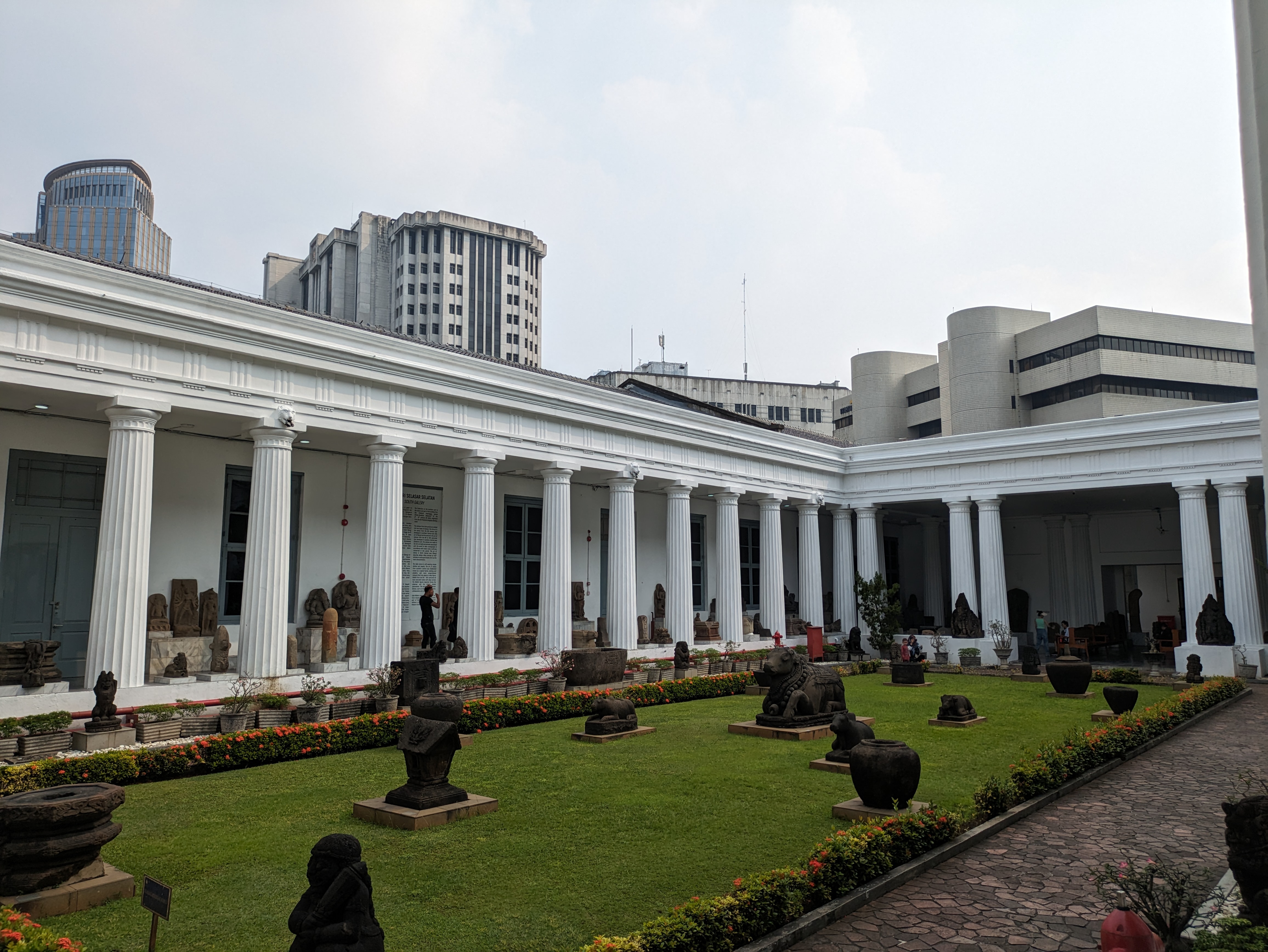Exploring the Vibrant Heart of Indonesia - Jakarta

I was traveeling in Jakarta last weekend. Indonesia, the archipelago nation comprising thousands of islands, is a land of diverse cultures, stunning landscapes, and warm hospitality. At the heart of this captivating country lies Jakarta, the bustling capital and economic hub. Known for its contrasting mix of traditional and modern elements, Jakarta offers travelers a unique and immersive experience. In this blog post, we will delve into the wonders of Jakarta, exploring its rich history, vibrant culture, and must-visit attractions.
1. A Melting Pot of Cultures
As one of the most populous cities in the world, Jakarta is a true melting pot of cultures. Here, you can witness the harmonious coexistence of various ethnic groups, including Javanese, Sundanese, Betawi, and many more. The blend of traditions, languages, and cuisines creates a captivating tapestry that reflects the nation's diversity. Exploring the neighborhoods like Kota Tua, Glodok, and Menteng will expose you to the cultural richness and architectural heritage of Jakarta.

2. Historical Treasures
Jakarta has a fascinating history that can be traced back to the 4th century. The city has witnessed the rise and fall of empires, the struggles for independence, and the subsequent urban development. History enthusiasts can visit sites like the National Museum, which showcases an impressive collection of Indonesian artifacts, or the National Monument (Monas), a towering symbol of independence. Kota Tua, also known as the Old Town, takes you on a journey through colonial-era Jakarta with its Dutch-style buildings and cobblestone streets.

3. Modern Marvels
While Jakarta embraces its historical roots, it is also a city that thrives on modernity. The skyline is adorned with impressive skyscrapers, including iconic landmarks like the BNI City Tower and the Wisma 46. The city boasts world-class shopping malls like Plaza Indonesia and Grand Indonesia, offering a haven for shopaholics and food enthusiasts. For a taste of Jakarta's vibrant nightlife, head to trendy areas like Kemang or SCBD, where you can find an array of clubs, bars, and live music venues.

4. Culinary Delights
No visit to Jakarta is complete without indulging in its mouthwatering culinary scene. The city offers a treasure trove of flavors, from street food stalls to upscale restaurants. Sample local favorites like nasi goreng (fried rice), gado-gado (vegetable salad with peanut sauce), and satay (grilled skewers). For a truly authentic experience, explore the food stalls at Jalan Sabang or Pasar Santa, where you can savor an assortment of delectable dishes at affordable prices.

5. Nature Escapes
Amidst the urban sprawl, Jakarta surprises visitors with pockets of natural beauty. The Thousand Islands, located just off the coast, provide a serene getaway from the city's hustle and bustle. These picturesque islands offer opportunities for snorkeling, diving, and relaxing on pristine beaches. Additionally, visit the Taman Mini Indonesia Indah, a cultural park that showcases the country's diverse landscapes, traditional houses, and cultural performances.

Conclusion
Jakarta, the dynamic capital of Indonesia, offers a fascinating blend of history, culture, and modernity. Its bustling streets, diverse culinary scene, and warm hospitality make it an intriguing destination for travelers. Whether you are drawn to its historical landmarks, shopping centers, or natural escapes, Jakarta promises an immersive experience that will leave a lasting impression. So, pack your bags, embrace the vibrant energy, and embark on a journey to discover the heart and soul of Indonesia in this captivating city.



